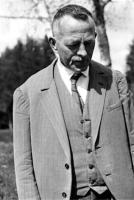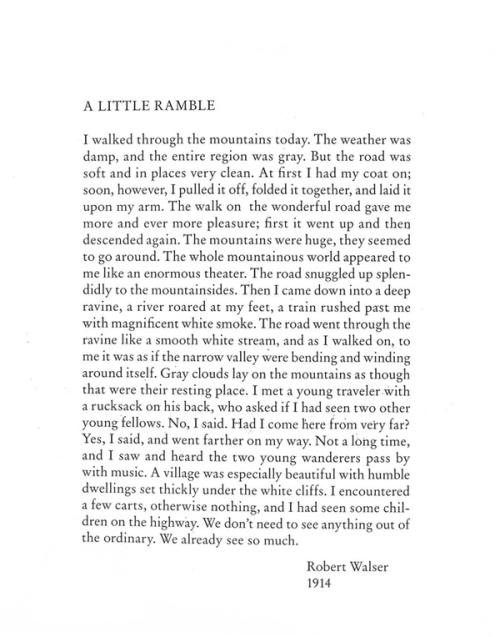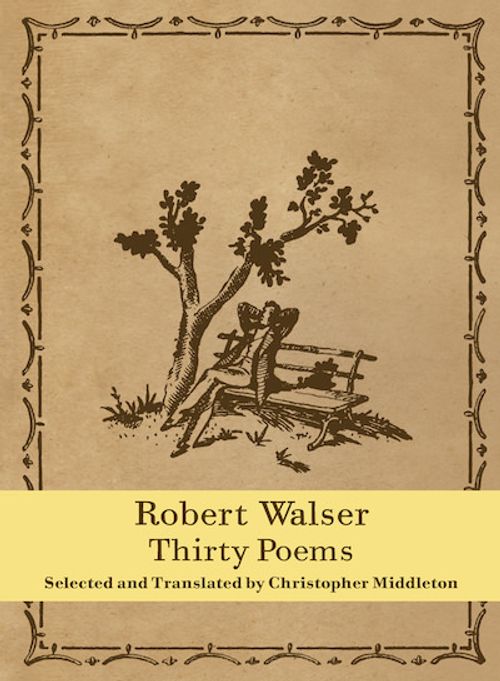Microscripts
by Robert Walser
Translated from German by Susan Bernofsky
With a contribution by Walter Benjamin
A Chirstine Burgin co-publication Now in paperback, with newly translated, additional microscripts and full-color paintings by Maira Kalman.
Robert Walser wrote many of his manuscripts in a highly enigmatic, shrunken-down form. These narrow strips of paper (many of them written during his hospitalization in the Waldau sanatorium) covered with tiny ant-like markings only a millimeter or two high, came to light only after the author’s death in 1956. At first considered a secret code, the microscripts were eventually discovered to be a radically miniaturized form of a Germanic script: a whole story could fit on the back of a business card. Selected from the six-volume German transcriptions from the original microscripts, these twenty-five short pieces are gathered in this gorgeously illustrated co-publication with the Christine Burgin Gallery. Each microscript is reproduced in full color in its original form: the detached cover of a trashy crime novel, a disappointing letter, a receipt of payment. Sometimes Walser used the pages of small tear-off calendars (but only after cutting them lengthwise and filling up each half with text). Schnapps, rotten husbands, small town life, the radio, pigs (and how none of us can deny being one), jealousy, Van Gogh and marriage proposals are some of Walser’s subjects. These texts take strength from Walser’s motto: “To be small and to stay small.”
Paperback(published Nov, 21 2012)
- ISBN
- 9780811220330
- Price US
- 24.95
- Trim Size
- 6 x 9
- Page Count
- 160








